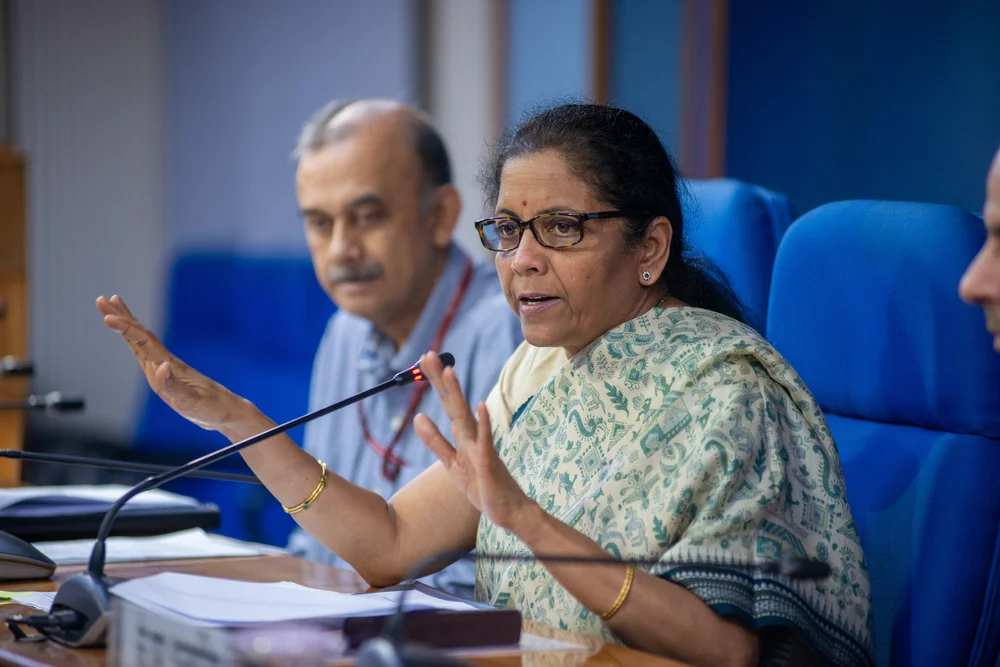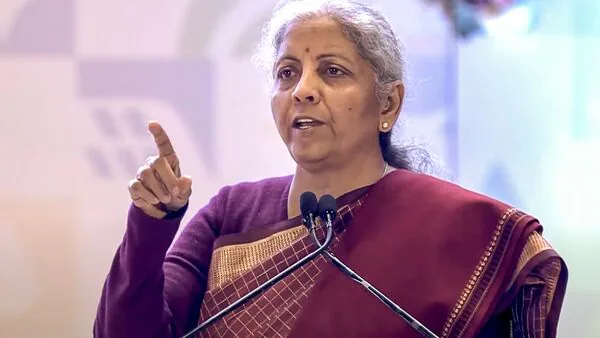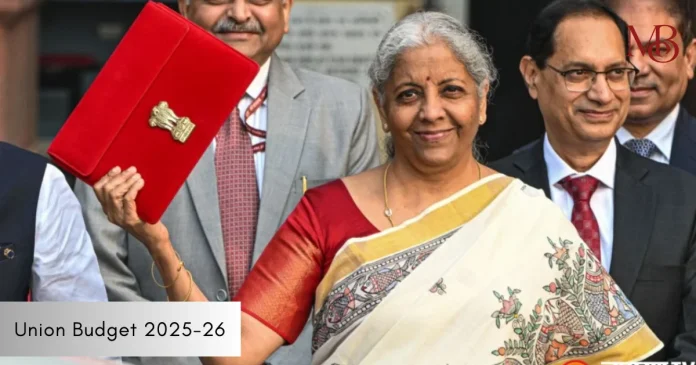Union Budget 2025-26, presented by Finance Minister Nirmala Sitharaman, brings a host of significant changes aimed at boosting economic growth, supporting the middle class, and strengthening key sectors. With a focus on tax relief, infrastructure expansion, and rural development, this budget is designed to position India as a global economic powerhouse.
Income Tax Reforms: Relief for the Middle Class
One of the most anticipated aspects of any budget is the changes in income tax, and this year’s budget does not disappoint.
- Increased Tax Exemption Threshold: The tax exemption limit has been raised to ₹12 lakh under the new tax regime, with an additional standard deduction of ₹75,000 for salaried individuals. This means that those earning up to ₹12.75 lakh annually will not have to pay any income tax. This move is expected to leave more disposable income in the hands of the middle class, boosting consumption and savings.
- New Tax Slabs:
- ₹0 – ₹4 lakh: Nil
- ₹4 – ₹5 lakh: 5%
- ₹5 – ₹8 lakh: 10%
- ₹8 – ₹12 lakh: 15%
- ₹12 – ₹16 lakh: 20%
- ₹16 – ₹20 lakh: 25%
- Above ₹20 lakh: 30%
These revised slabs aim to create a progressive tax structure that benefits the lower and middle-income groups while ensuring fair taxation for higher earners.

Boost to Agriculture and Rural Development
Recognizing the importance of agriculture in the Indian economy, the government has introduced several schemes to uplift farmers and the rural sector:
- High-Yield Crop Program: A new national mission has been launched to improve crop productivity and ensure food security. This initiative is expected to benefit 17 million farmers by promoting high-yield crops and sustainable agricultural practices.
- Increased Credit for Farmers: The government has enhanced credit availability for farmers, ensuring access to affordable loans to modernize farming equipment, irrigation facilities, and agribusiness initiatives.
These measures are expected to improve rural incomes, reduce dependency on unpredictable monsoons, and contribute to overall economic stability.
Infrastructure Development: A 10% Boost in Capital Expenditure
The government has continued its strong focus on infrastructure with a ₹11.2 trillion allocation for capital expenditure in FY26. This represents a 10% increase from the previous year and is aimed at building highways, railways, ports, and urban infrastructure.
Key initiatives include:
- Expansion of national highways and expressways.
- Boost to railway modernization, including new high-speed rail corridors.
- Investments in smart cities and affordable housing.
These projects are expected to create millions of jobs and attract foreign investments, further accelerating India’s growth trajectory.
Energy and Environmental Sustainability
The budget also places a strong emphasis on sustainable energy and reducing carbon emissions:
- Nuclear Energy Mission: The government has set an ambitious goal of achieving 100 GW of nuclear power by 2047. This will help reduce dependency on fossil fuels and support India’s commitment to clean energy initiatives.
- Renewable Energy Expansion: Increased incentives for solar and wind power projects, along with investments in green hydrogen, demonstrate the government’s commitment to a sustainable future.
Fiscal Management and Economic Stability
The union budget 2025-26 outlines a clear path toward fiscal consolidation:
- Fiscal Deficit Target: The government aims to reduce the fiscal deficit to 4.4% of GDP in FY26, down from 4.8% in the previous year.
- Boost to Consumption: By leaving more money in the hands of consumers through tax relief, the government hopes to stimulate demand in sectors like retail, automobiles, and real estate.

A Balanced Budget for Growth and Stability
The Union Budget 2025-26, presented by the Finance Minister, lays out a comprehensive economic roadmap for India, with a strong emphasis on fostering economic growth, supporting the middle class, and promoting sustainable development.
Key Measures and Objectives of Union Budget 2025-26
- Tax Cuts: The budget introduces strategic tax cuts aimed at stimulating consumer spending and private investment. These cuts are designed to boost disposable income, particularly for the middle class, and incentivize businesses to expand and create jobs.
- Infrastructure Spending: A significant increase in infrastructure spending is proposed to modernize India’s infrastructure, enhance connectivity, and create employment opportunities. Investments in roads, railways, ports, and digital infrastructure are expected to have a multiplier effect on the economy.
- Rural Credit: The budget prioritizes the agricultural sector and rural development by increasing the availability of credit to farmers and rural enterprises. This measure aims to boost agricultural productivity, support rural livelihoods, and drive rural consumption.
- Job Creation and Economic Expansion: The overarching goal of the budget is to create a conducive environment for job creation and sustainable economic expansion. By stimulating demand, incentivizing investment, and supporting key sectors, the budget seeks to achieve higher economic growth and reduce unemployment.
Union Budget 2025-26: Challenges and Outlook
While the union budget 2025-26 presents a positive outlook, challenges such as global economic volatility, geopolitical tensions, and supply chain disruptions remain. However, the government’s commitment to fiscal prudence, structural reforms, and inclusive growth provides a strong foundation for India’s economic resilience.
Also Read: The Rise of DeepSeek AI Model: China’s Answer to OpenAI in 2025?
Union Budget 2025-26 reflects a balanced and forward-looking approach to economic management. By focusing on key growth drivers, addressing sectoral needs, and maintaining fiscal discipline, the budget positions India for sustained economic progress and social development in the coming years. Despite external challenges, the roadmap laid out in this budget reinforces India’s position as a robust and dynamic economy on the global stage.
FAQs
1. What are the key highlights of the Union Budget 2025-26?
The Union Budget 2025-26 focuses on economic growth, infrastructure development, tax reforms, and digital innovation. Key highlights include changes in tax slabs, increased spending on healthcare and education, incentives for startups, and initiatives to boost employment.
2. How does the Budget impact the middle class?
The Budget provides relief to the middle class through revised income tax slabs, increased deductions on housing loans, and incentives for digital transactions. It also emphasizes affordable housing, improved healthcare access, and better public transportation.
3. What provisions have been made for startups and businesses?
Startups benefit from extended tax exemptions, increased funding support, and relaxed regulatory policies. Small and medium enterprises (SMEs) also receive credit guarantees and incentives for digital adoption, helping them scale efficiently.
4. How does this Budget affect international investments in India?
The government has introduced policies to attract foreign direct investment (FDI) by easing business regulations, reducing corporate tax for new investments, and focusing on manufacturing and exports. These measures aim to enhance India’s global economic position.


